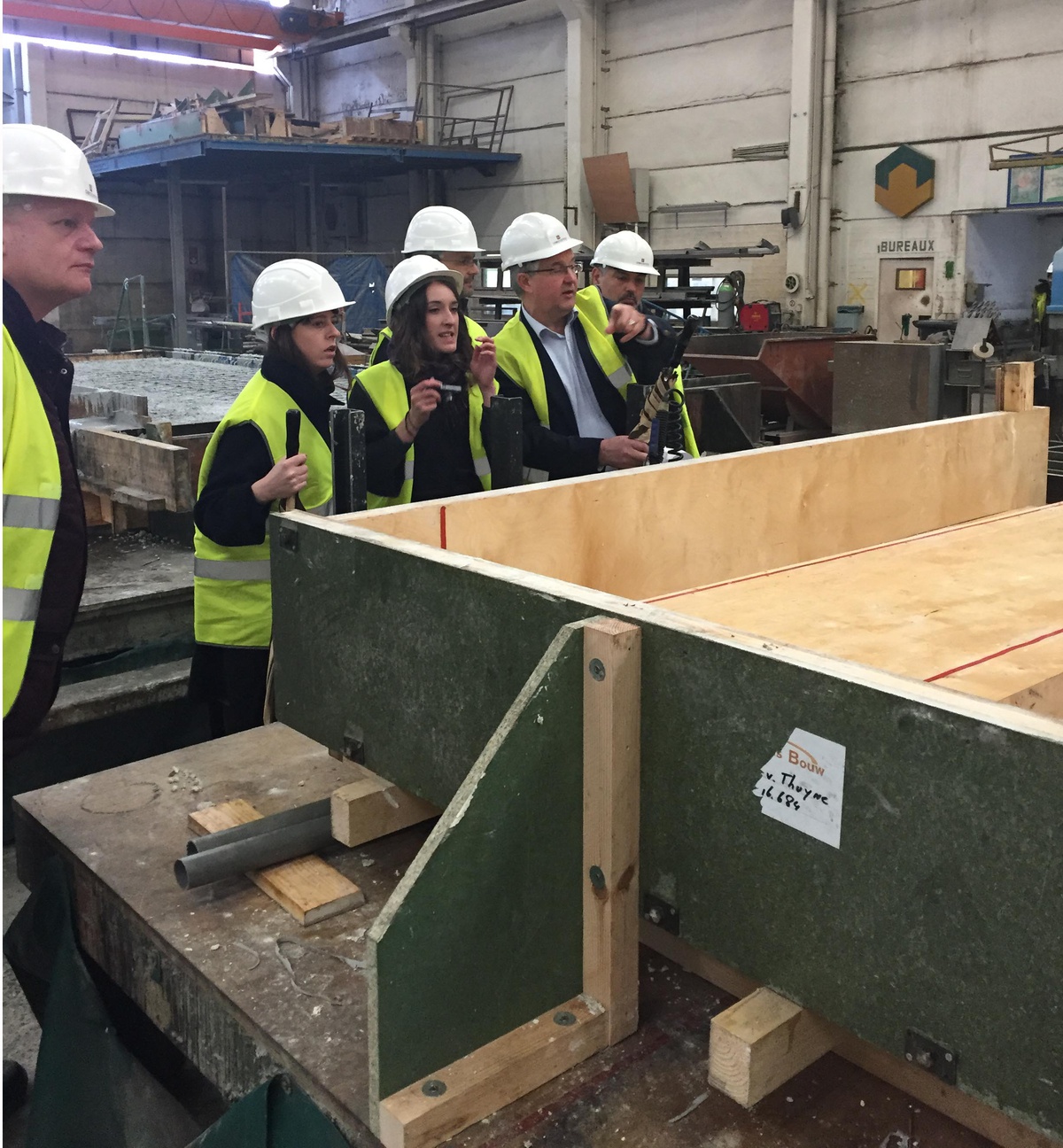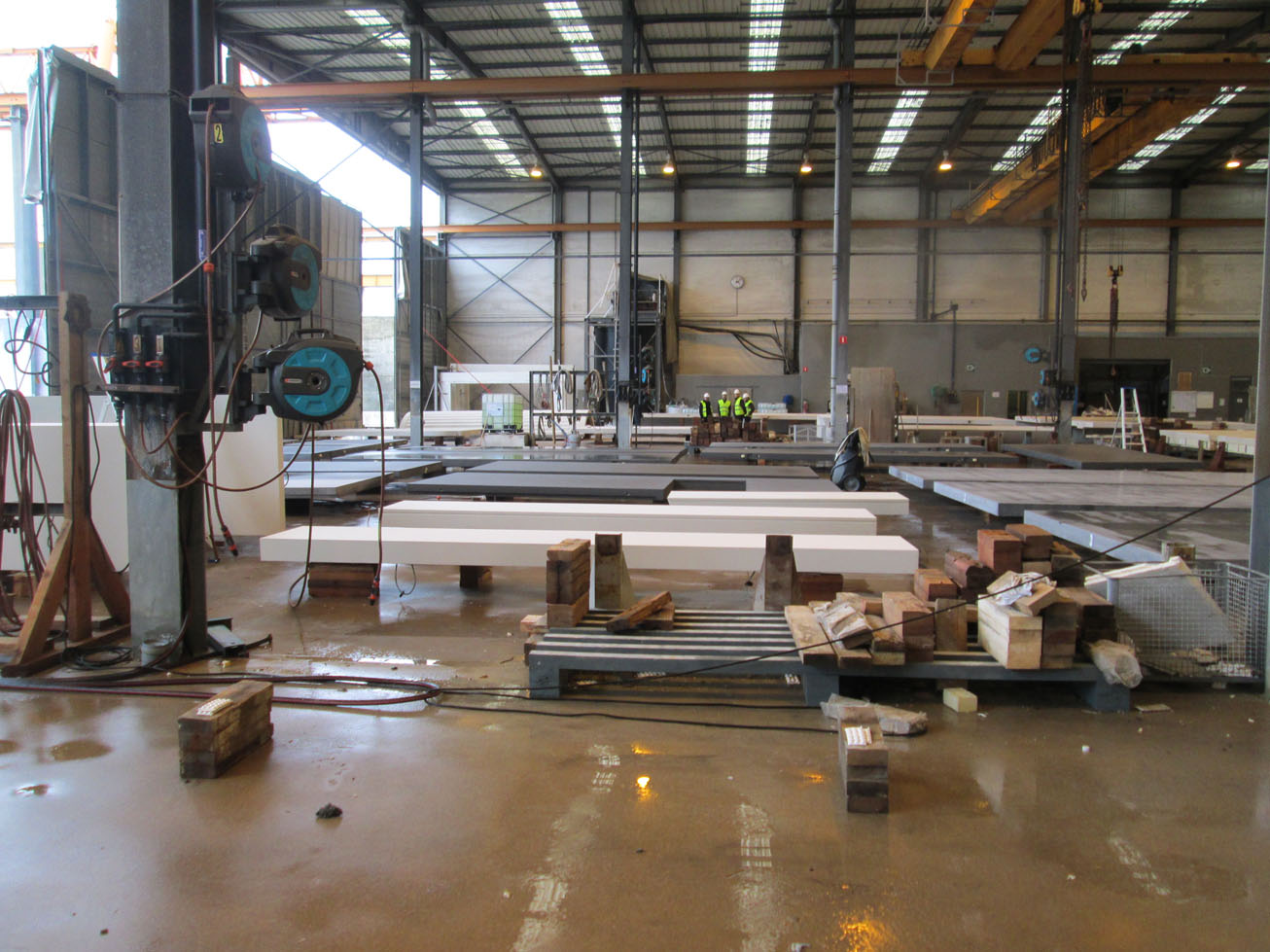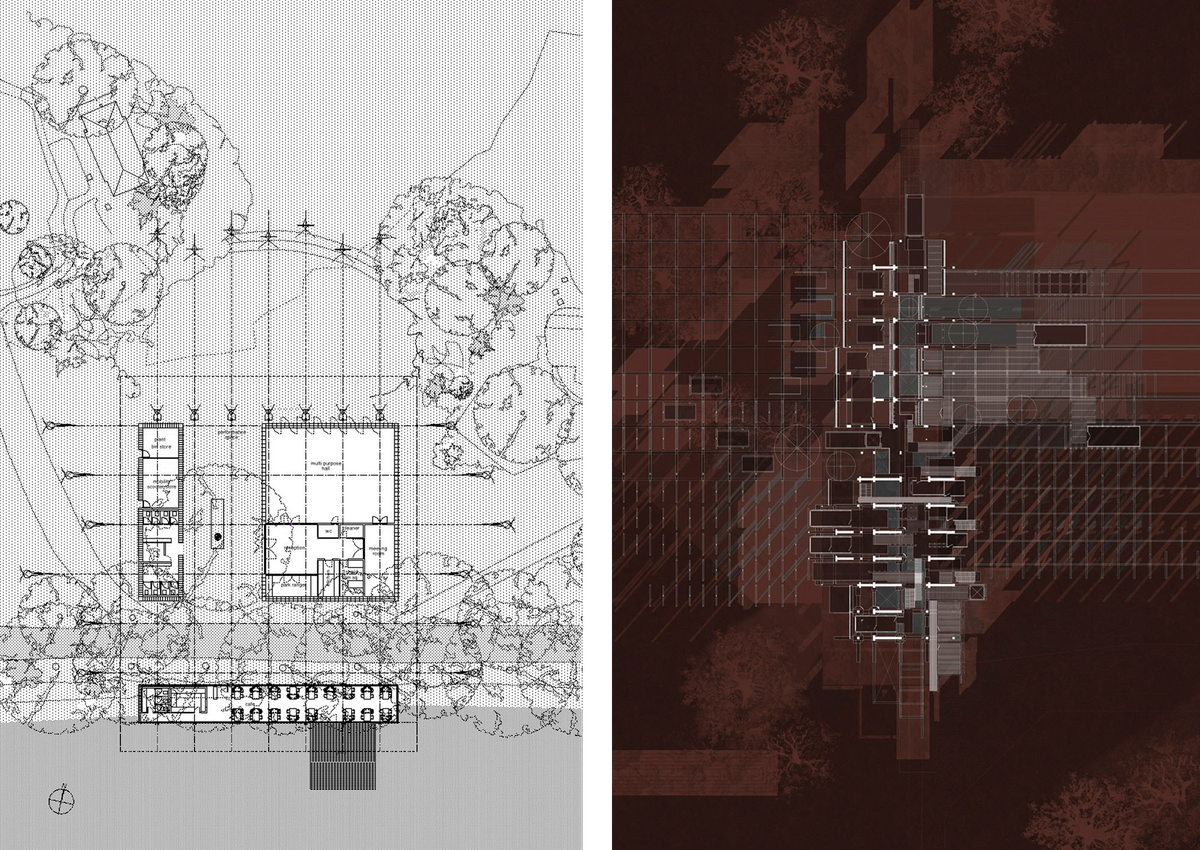BALLIOL FACADE TRIP
APRIL 2017

We are working on new student residential buildings for Balliol College, Oxford. As part of the detailed design development we have been working with a façade sub-contractor based in Belgium, and recently made a visit to their manufacturing factories. The itinerary for the day – a design workshop, a factory tour and a review of samples. Lots of coffee after an early Eurostar, and a good lunch.
There had been several similar design workshops before; where gathered around the meeting table, sketches were scattered as we questioned the architectural intent and the construction details equally. Brick samples sat in front of us, books piled up with precedents opened, past project drawings and models pulled out for reference. How to compose the language to create a calm and unified façade across the site. The engineers, the architects, the craftsmen who will build the façade.

These sorts of discussion are an aspect of everyday practice, and incredibly valuable part of the process – marrying the conversations of design aspiration with the actual making of. The bricks and mortar that see the architecture delivered from the paper to the physical form.
SCREENS
JUNE 2015

Images: Avenham Park Pavillion, Preston. The Institute of Timber, Detroit
‘What do you see when you look up through the trees? Try to imagine this moment in a pretended place or part of a journey through a particular sequence of spaces. How does one describe this experience? What is it about spaces in nature, for example forests, which make them fascinating yet at the same time unsettling places to inhabit? A forest offers a place of refuge and natural beauty where the element of surprise is all part of the experience’
The idea of nature as a spatial experience and a driver for architectural form was a question that ran through my academic work and has subsequently led to an obsession with a perceptual and evolving architecture. It is interesting that my time in the office has allowed me to both reflect and discover parallels that run through similar themes in the work of the practice. A pursuit for a “thicket-like” characteristic, which allows for shifts in spatial qualities and a variation of patterns that overlay like woven surfaces to define space are just some of the mannerisms that I have begun to recognise.
I compare my own attempt to generate a kind of place that is animated, brightening as you ascend towards the canopy when reading the blurred lines of the roof of the pavilion designed for a woodland park in Preston. The structure is designed as a number of layers of mesh to capture rain whilst creating a display of shadows that activate the building beneath. As a competition proposal, the structure was never fully realised yet it has been the ideas established during this process that still resonate today. By staggering the building between the tree density, the line of the pavilion is undefined breaking the traditional form of constructing space and allowing a new reading of the building and landscape. Particularly enlightening in the search for the enclosure of space is a fruition of a screen-like quality that works as a surface and also as a generator of it’s tectonic form.
The use of the screen as a ‘device’ in our architecture allows elements to become not only separators of rooms or the external environment but also actuators for unique and unimagined spatial experiences. In search of this architecture is an attempt to purposefully discover a different architecture and an unplanned result that wouldn’t necessarily be reached through something un-natural.
Benni Allan graduated from the Bartlett with Distinction in 2014, and has been working on a project for Jesus College, Cambridge since joining Niall McLaughlin Architects. In February 2015, Benni was named as one of the nation’s up-and-coming designers and ‘One to Watch’ by the Design Council to represent the future of British design. His project the ‘City of Forests’ looked at beautifying Detroit through reforestation strategies to promote a denser, greener and more sustainable future in which timber becomes the main economic output. As Detroit continues to struggle with the effects of massive industrial changes, this more positive image of vacancy as an asset opens new discussions about the future post-industrial city.


